A gene is a length of DNA which codes for a single characteristics or trait we inherit from our parents. Genes control every aspect of our body and how it works. Each characteristic has its own gene.
Genes play a large role in how you look and everything else that makes you the person you are!
What is a gene?
Genes are found in chromosomes which are found in the nucleus of cells. Chromosomes are coiled up lengths of DNA each carrying lots of genes.
Remember - chromosomes are made of DNA and genes are short sections of DNA.
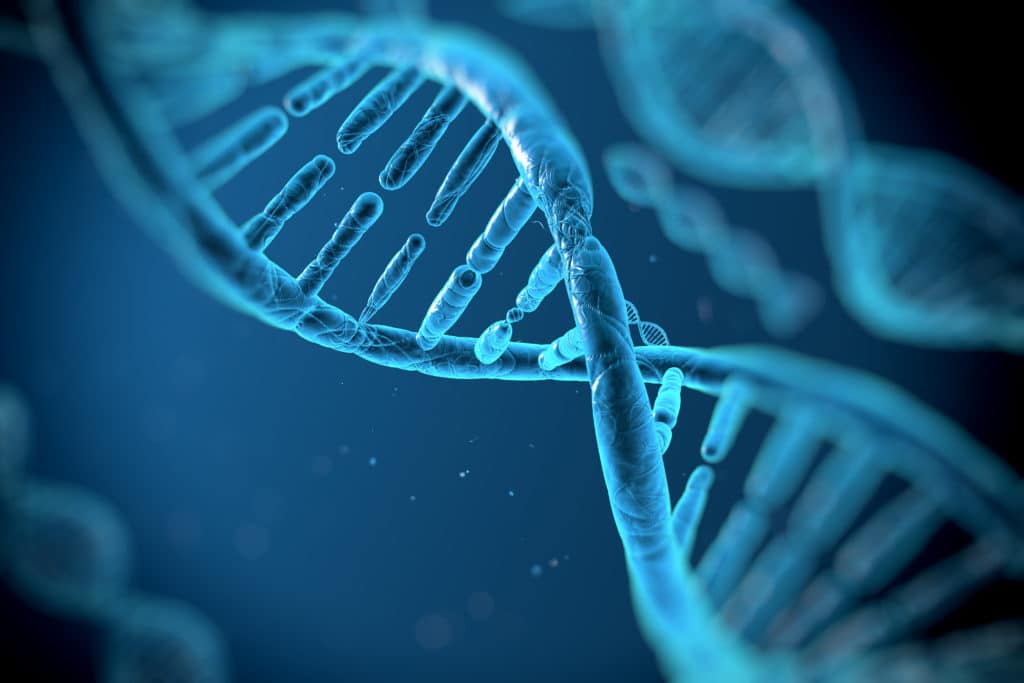
How many chromosomes do humans have?
Human cells have 46 chromosomes, which are found in pairs. One chromosome in each pair is inherited from each parent, which means offspring have a combination of both parents' characteristics. This is called inherited variation.
Dominant and recessive genes
Genes can be dominant or recessive. The dominant gene is the one that is shown in an organism's phenotype ( observable characteristics ). For example, brown eye colour is dominant over blue, so if a person has one blue eye gene and one brown eye gene, they will have brown eyes as it is the dominant gene that is expressed. Different versions of the same gene are called alleles.
What is variation
Variation refers to differences between organisms. Some differences are visibly obvious, such as hair and eye colour, while others are not obvious, such as blood type.
Continuous variation refers to variation of things that can have a range of values, such as height and weight.
Discontinuous variation is where characteristics can only have a certain value. For example, blood group and eye colour.
What about the environment?
The environment also plays a role in how a person looks, how healthy they are, and other factors. For example, if a person has genes that make them athletic, they wouldn't reach their full potential if they were undernourished or lived in an area with high levels of air pollution. Almost all characteristics are affected by both genetic and environmental factors.
Genes are not just for humans
Plants inherit characteristics from the parent plant via genes, too. They are also affected by environmental factors. For example, a plant with genes to grow tall won't grow well in the dark or in poor soil, even with genes that predispose it to height.
What does DNA look like?
DNA is made up of two long strands joined together to form a ladder like structure which is then twisted into a spiral. The long strands ( or backbone ) of DNA are made from phosphates and sugars and the rungs of the ladder are made from nucleotide bases linked together by hydrogen bonds.
Our candy DNA model is a good activity for learning about the structure of DNA.
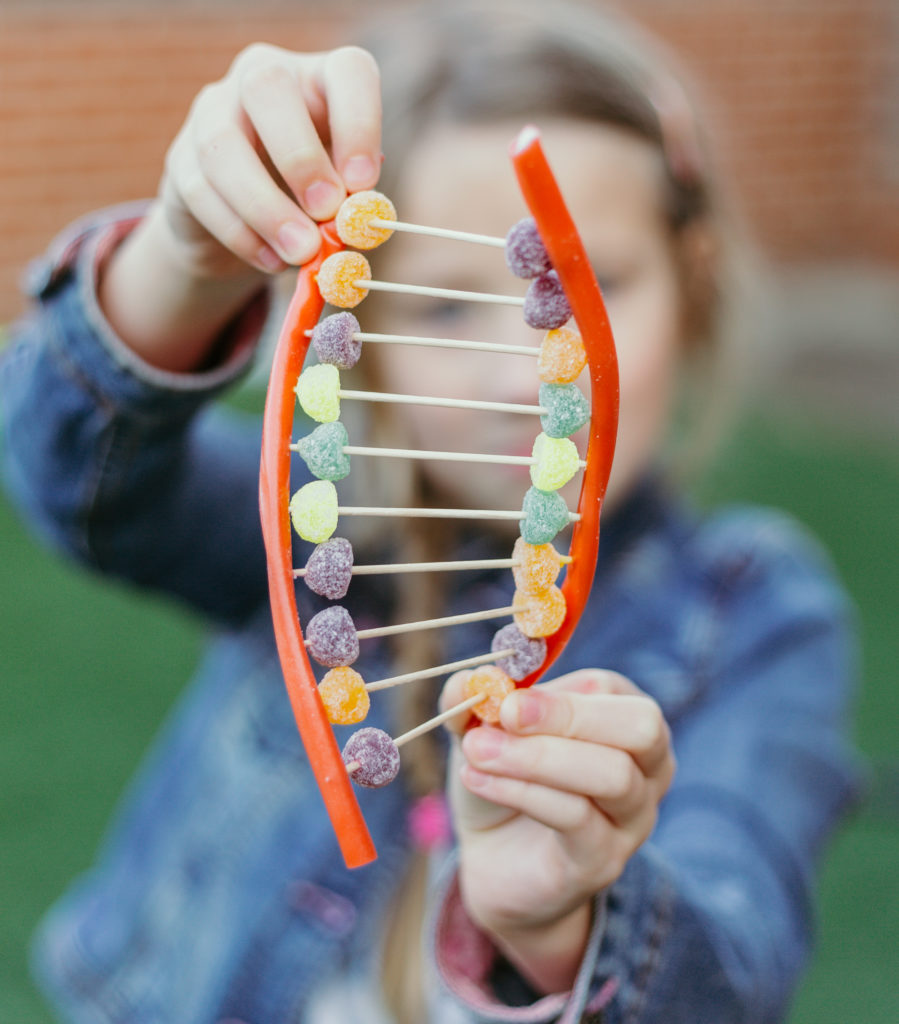
What are base pairs?
DNA contains nucleotides. There are four different nucleotides:
Adenine
Thymine
Cytosine
Guanine
We call these bases and usually refer to them by the first letter of their name.
A pairs with T and G with C.
The order of the bases forms a code that cells use to make proteins.
One way to illustrate this is to thread different beads on pipe cleaners to show that the two sets of pairs always pair together.
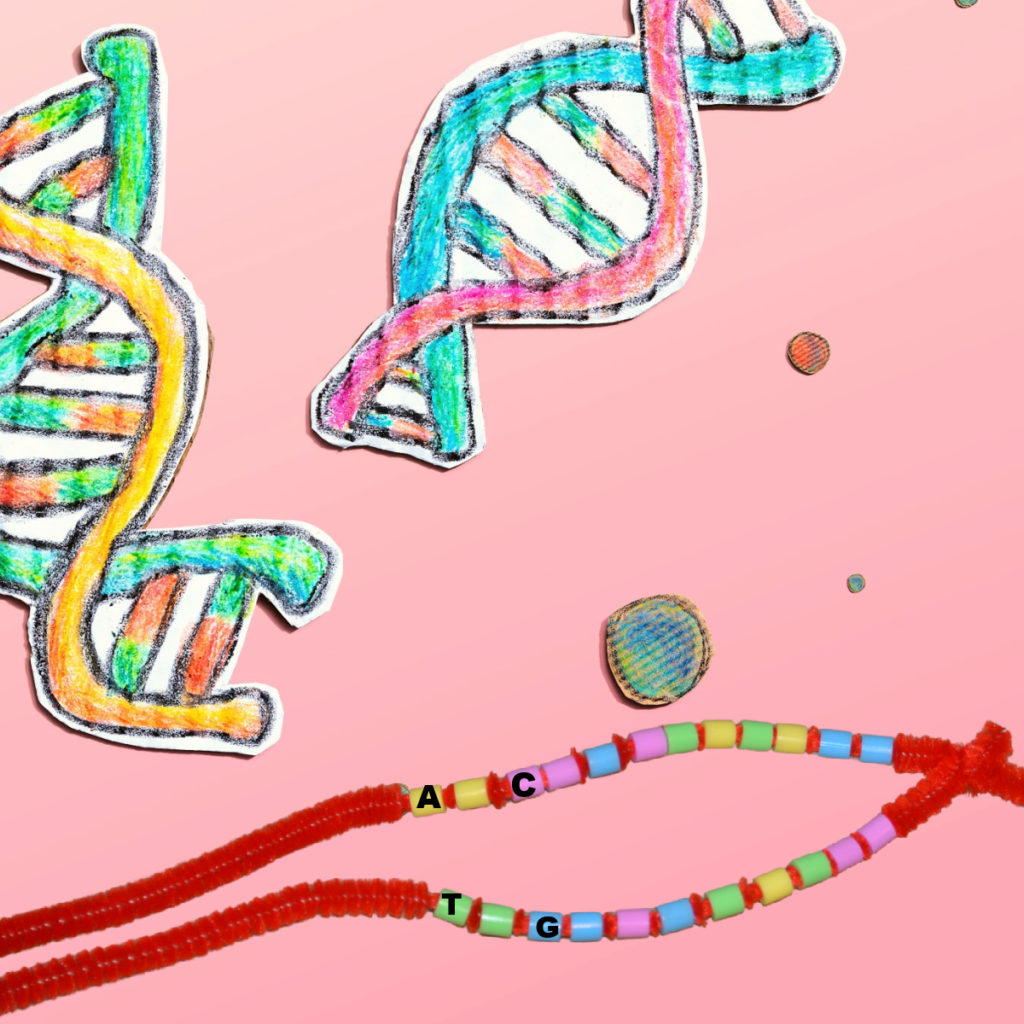
More activities for learning about DNA and genes
Read about Rosalind Franklin and the role she played in discovering the double helix structure of DNA.
Learn about how cells divide with a paper plate mitosis model.
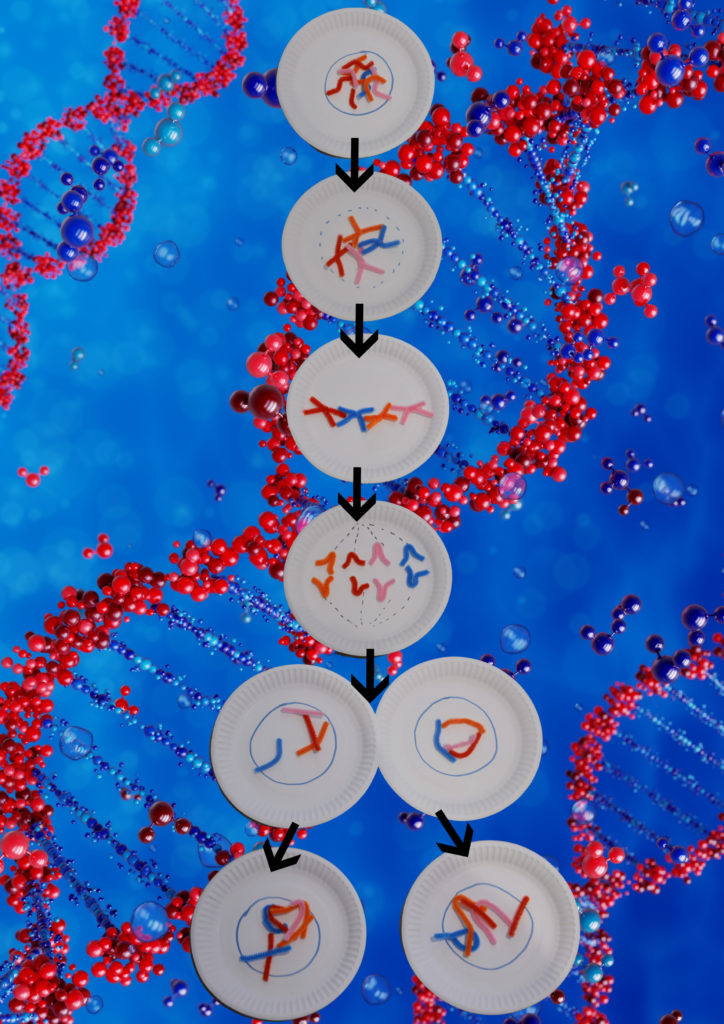
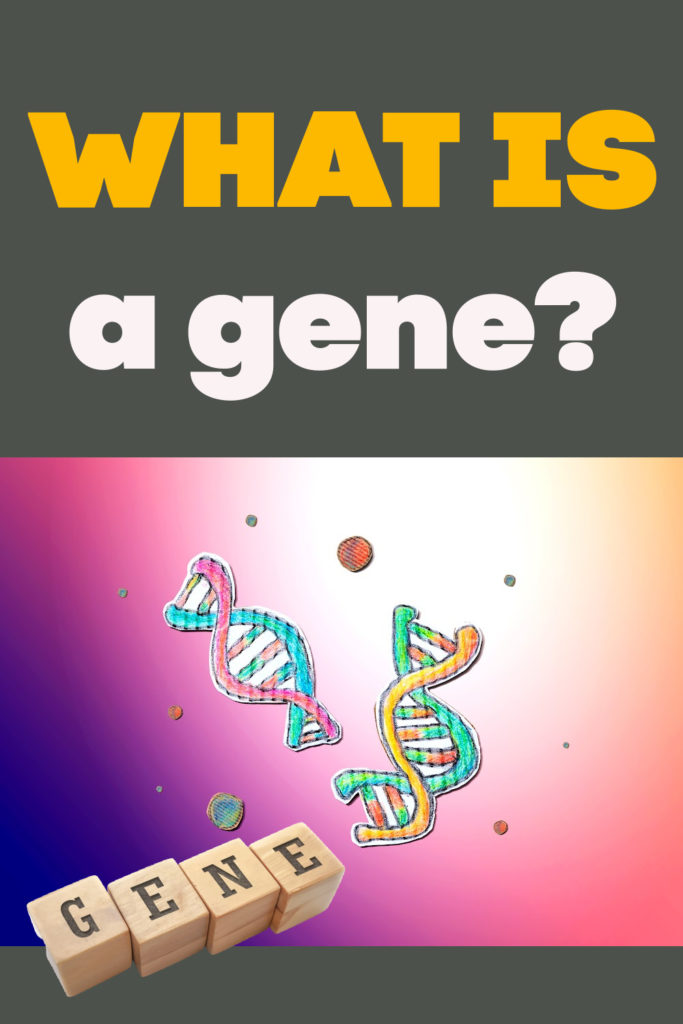
Last Updated on March 27, 2025 by Emma Vanstone



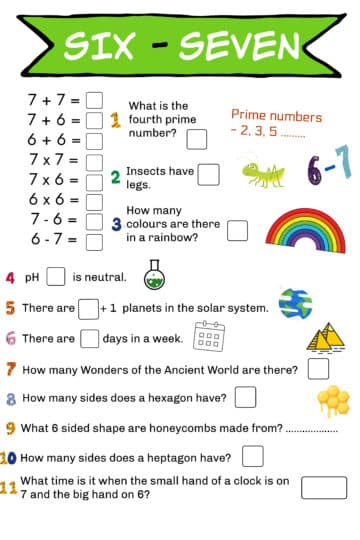
Leave a Reply